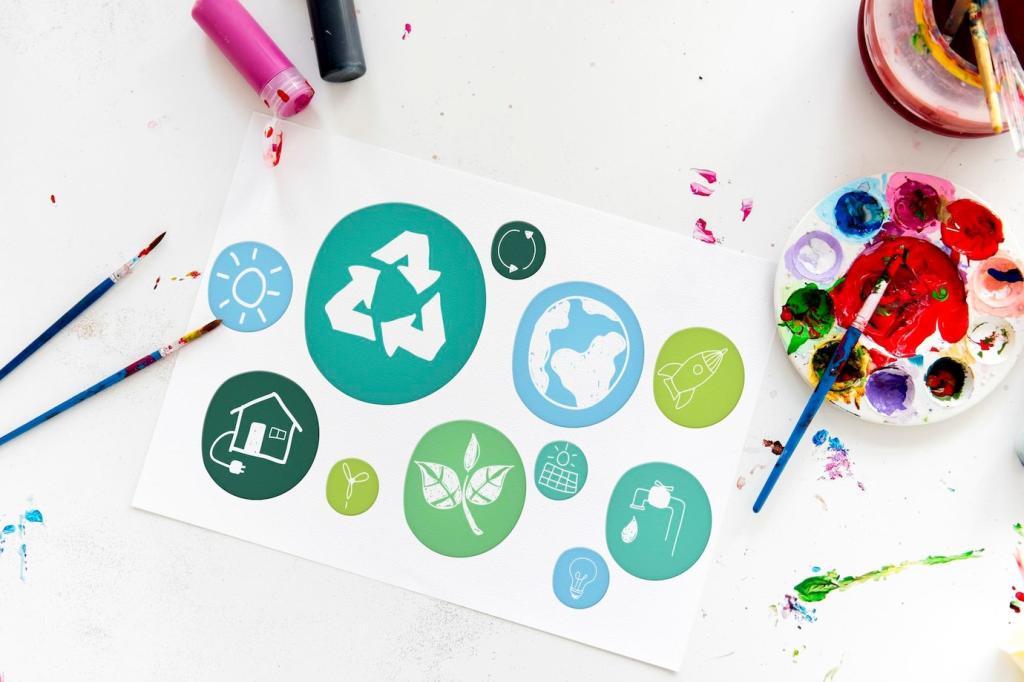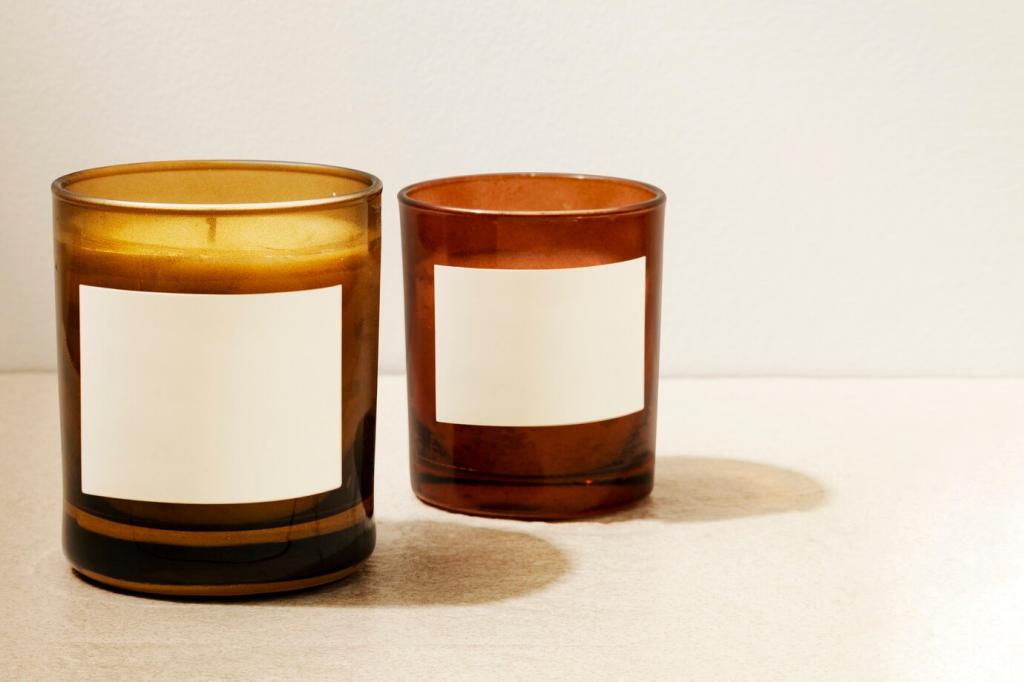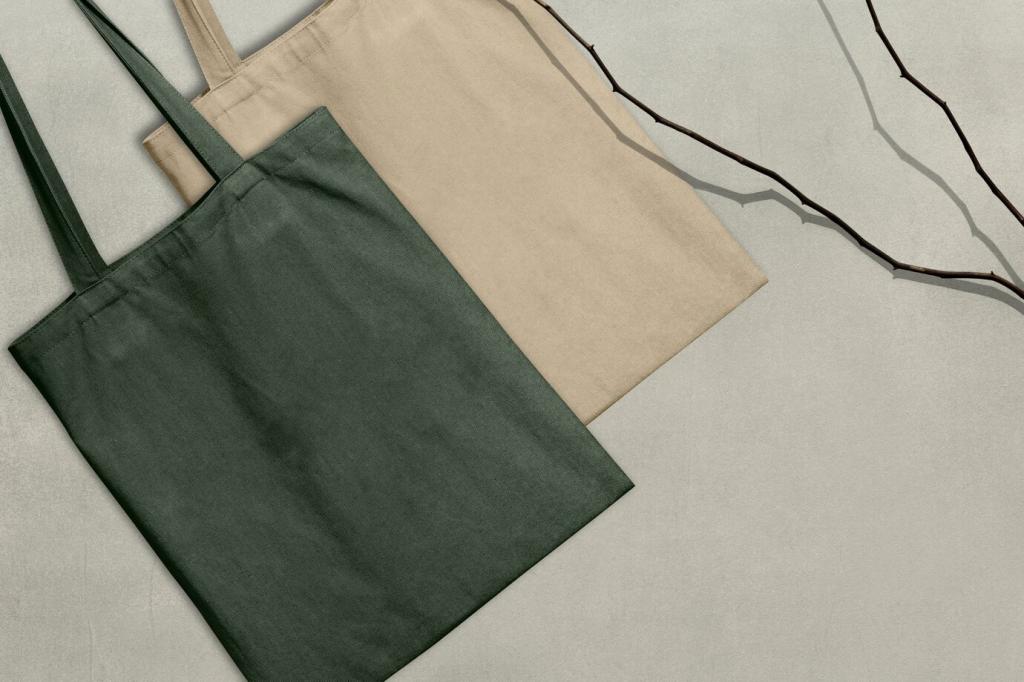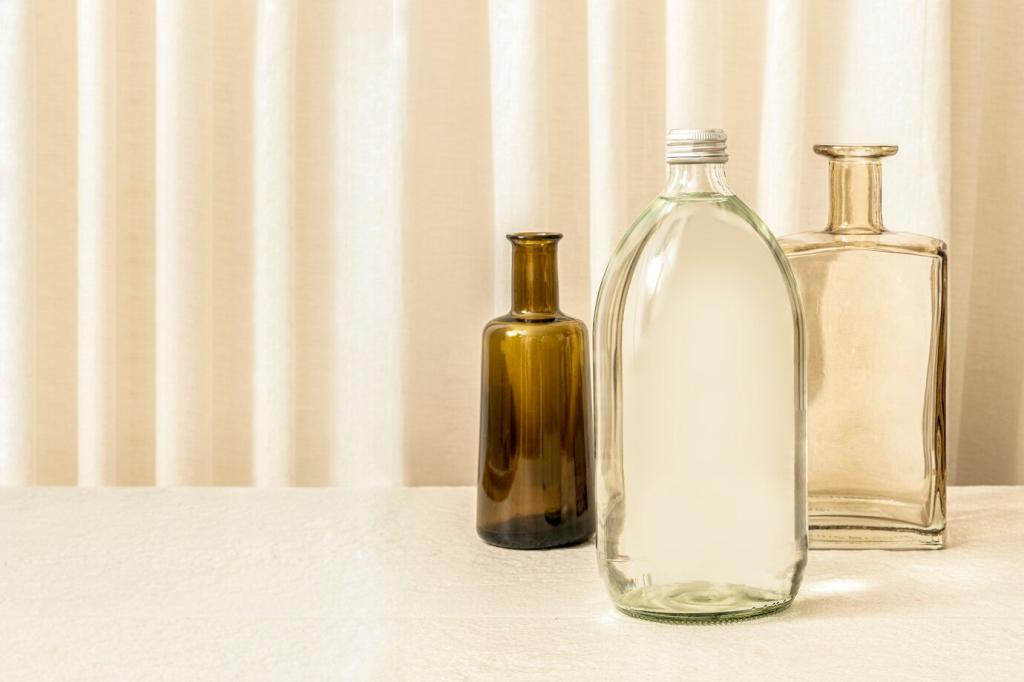Care and Longevity: Making Natural Fabrics Last
Cool water, mild detergent, and line drying protect fibers and reduce energy use. Turn garments inside out and wash similar textures together to minimize abrasion. A fabric brush and spot cleaning often replace full washes, adding months or years to your garments’ lives.
Care and Longevity: Making Natural Fabrics Last
A small darn on a wool elbow or a linen patch becomes a quiet ritual. My first visible mending stitch looked clumsy, yet wearing it felt proud, not imperfect. Post your mended piece—your repair story could inspire someone else to try needle and thread tonight.






